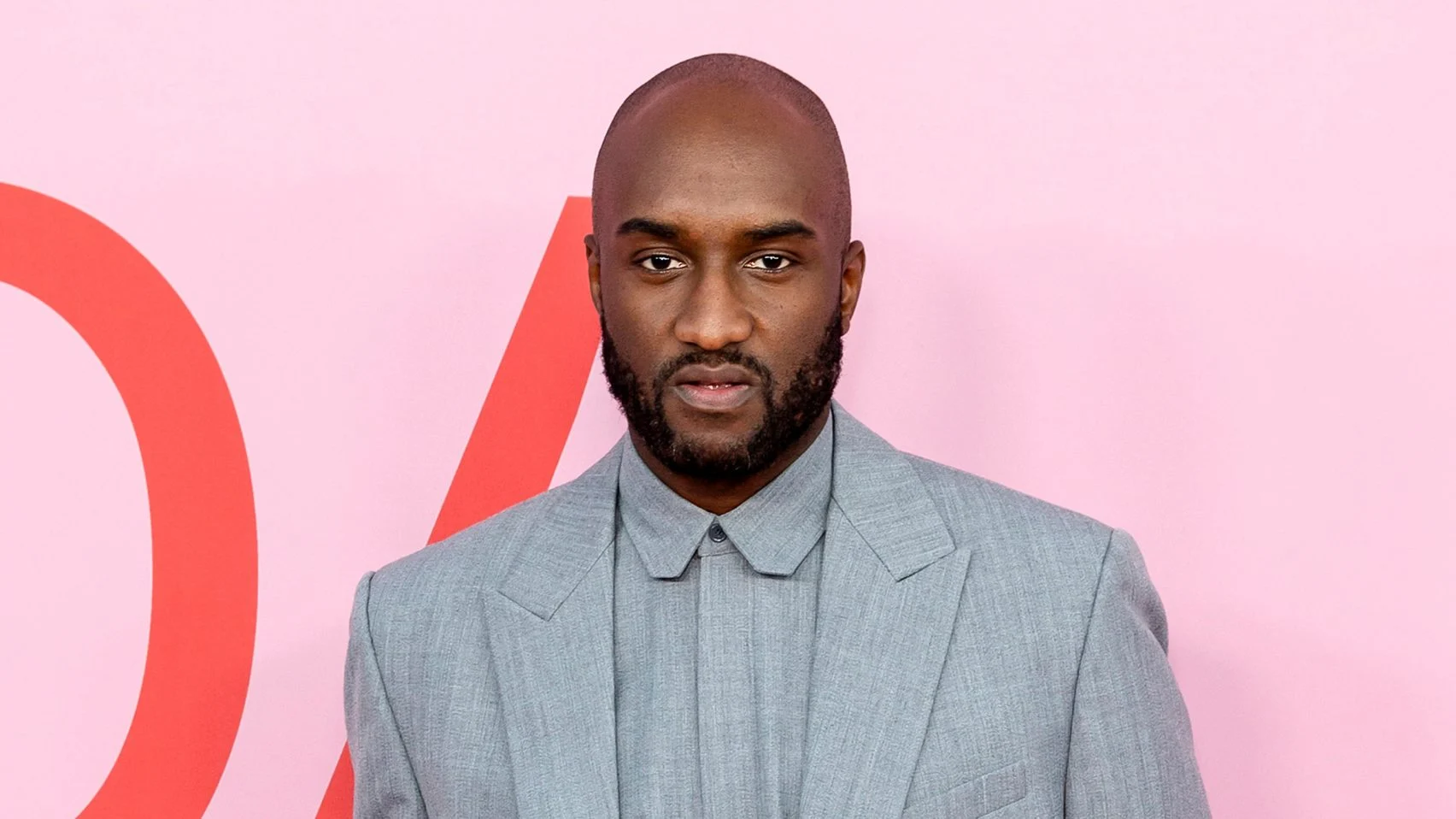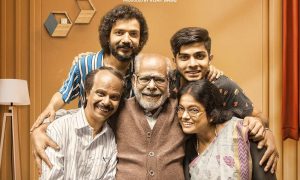In 2018, Abloh became Louis Vuitton’s first Black artistic director of men’s clothing in the company’s illustrious history.
Virgil Abloh, a pioneering designer whose breakthrough fusions of streetwear and haute couture made him one of the most well-known tastemakers in fashion and beyond, died of cancer. He was 41 years old at the time.
The luxury firm LVMH (Louis Vuitton Mot Hennessy) and Abloh’s own Off-White label, which he created in 2013, both revealed Abloh’s death on Sunday. Abloh was the menswear artistic director for Louis Vuitton, but his ubiquitous, consumer-friendly presence in culture was broad and dynamic. He’s been compared to Jeff Koons by some. Others compared him to Karl Lagerfeld of his generation.
“This dreadful news has left us all stunned. “Virgil was not only a brilliant designer and visionary, but also a man with a beautiful soul and enormous knowledge,” said Bernard Arnault, chairman and CEO of LVMH.
Abloh was diagnosed with cardiac angiosarcoma, a rare kind of cancer in which a tumour develops in the heart, two years ago, according to a statement posted on the designer’s Instagram account by his family.
“Since his diagnosis in 2019, he has chosen to fight his struggle in seclusion, undertaking multiple difficult treatments while leading a number of key institutions spanning fashion, art, and culture,” according to the statement.
In 2018, Abloh made history as Louis Vuitton’s first Black artistic director of men’s wear. Abloh, a first-generation Ghanaian American who learned to sew from his mother, had no professional fashion training but did have a degree in engineering and a master’s degree in architecture.
Abloh, who grew up in Rockford, Illinois, just outside of Chicago, was known in the fashion world as a Renaissance guy. He also worked as a DJ on the side. He rose to prominence as one of fashion’s most celebrated designers in a short period of time. Abloh referred to himself as a “maker.” In 2018, he was named one of Time magazine’s most powerful people.
While working at a screen-printing shop in 2009, Abloh met Kanye West, now known as Ye. Abloh was Ye’s creative director when they interned together at the LVMH brand Fendi. Abloh was the art director for Ye-Jay-2011 Z’s album “Watch the Throne,” for which he received a Grammy nomination.
The cooperation between Abloh and West served as a model for future high-low collaborations. He collaborated with Nike on a range of frenzy-inducing sneakers that were remixed in a variety of styles and Helvetica fonts. IKEA furniture, Evian refillable bottles, and McDonald’s Big Mac cartons were among the projects Abloh worked on. His work has been shown in the Louvre, the Gagosian, and the Chicago Museum of Contemporary Art.
The entertainment industry was startled by Abloh’s death. Abloh “extended culture and changed the game,” actor Riz Ahmed commented on Twitter. “You taught us all how to dream,” writes fashion designer Jeff Staple. “A compassionate, generous, considerate creative genius,” Pharrell Williams said of Virgil Abloh.
Abloh applied a “3 percent approach” to fashion, claiming that a new design could be developed by tweaking an old one by 3%. Critics claimed Abloh was better at repackaging than inventing new things. But Abloh’s approach was also self-aware — he was known for using quote marks — and high-minded.
In 2019, Abloh told the New Yorker, “Streetwear in my mind is tied to Duchamp.” “It’s this readymade concept.” I’m referring to New York’s Lower East Side. It’s similar to hip-hop. It’s a form of sampling. I take James Brown’s tune, cut it up, and turn it into a new song.”
Stars waited in line to be outfitted by Virgil Abloh. His outfits have been worn by Beyoncé, Michael B. Jordan, Kim Kardashian West, Timothée Chalamet, and Serena Williams.
Abloh’s Off-White label, in which LVMH purchased a majority share earlier this year, established him as a cool judge. But Abloh’s employment at Louis Vuitton catapulted him to the pinnacle of a business where he had previously been a scrappy outsider — and made him one of the most powerful Black CEOs in a historically closed sector.
“I now have a platform to disrupt the business,” Abloh said to GQ as he prepared for his debut menswear presentation in 2018.
“Because we’re designers, we can start a trend, bring attention to issues, get a lot of people to focus on something, or get a lot of people to focus on ourselves,” she says “said Abloh. “I don’t care about it (the latter). I’d like to use my position as one of a very tiny group of African-American males to design a house and present people in a poetic way.”
Shannon Abloh and Lowe and Grey Abloh, Abloh’s sons, survive him.























